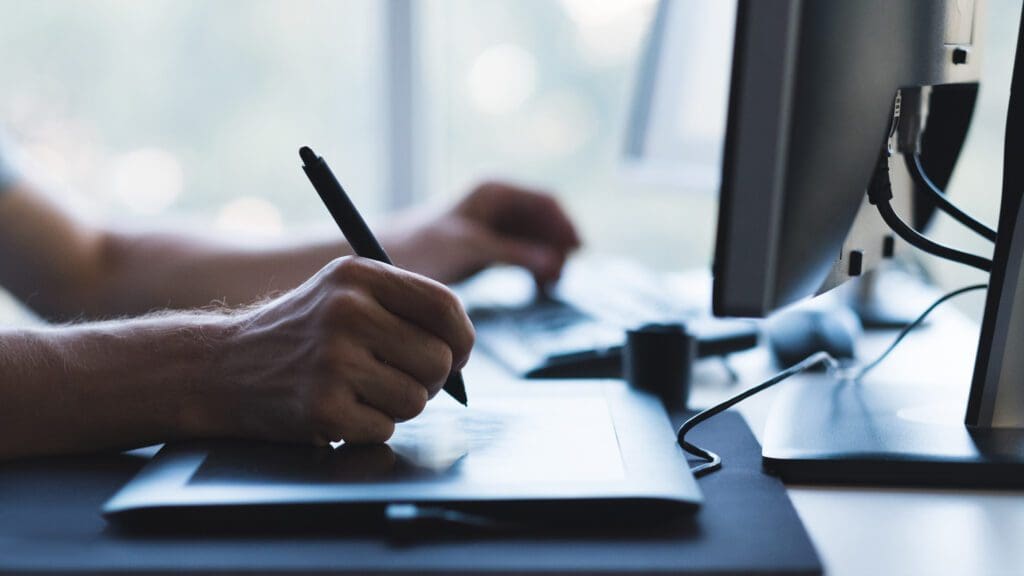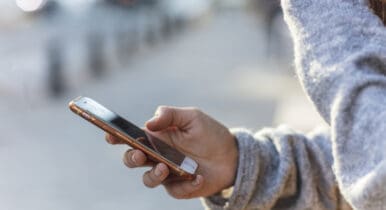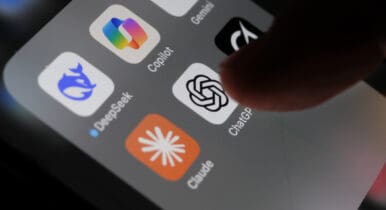Can AI Images Work For Your Campaign?

Mastering the latest AI tools may prove crucial for down-ballot campaigns, particularly those starved for resources to produce images to help market their candidates. With that in mind, we’ve been working with two of the most-used AI art generators: OpenAI’s DALL-E 2 and Midjourney. We explored how they could be used to punch up a campaign’s aesthetics.
Images and words need to leave an impression for a campaign to stand out to voters. The big question is: How do we do that on a budget? Can a sophisticated design strategy be handled simply by punching some words in a search bar? The answer is, well, no.
AI isn’t going to understand which issues need to appear before voters, and it definitely won’t be able to synthesize those issues into an identifiable logo or effective graphic image. What it can do is retread previous issues, images, and designs and repurpose them in an abstract way.
AI needs a gentle touch when attempting to coax serviceable campaign art. DALL-E 2 was our first foray into this world, and it took some time to get usable images. It became evident that none of the work produced could be a centerpiece for any campaign, but it could be used as smaller accent pieces that fold in seamlessly as cover images on a policy webpage or artwork for social posts.
When it comes to photorealism, DALL-E couldn’t find a path forward, but more New Yorker-style pieces it could nail without too much work.
Midjourney is a more technically impressive AI art generator. But its superior performance comes at a higher cost and the program cannot be tested without a payment plan and a Discord account.
Overall, the designs you can get from AI are simple and abstract. They won’t convey a grandiose policy platform, but they will convey a specific policy or emotion. If you need help creating a look for your campaign, traditional methods like hiring in-house or contracting out still outperform generative AI tools.
Though AI tools have clear limitations, what they can do, they do well. Bottom line: We would advise campaigns not to rely on AI to design their benchmark look.
Pros:
- The barrier to entry is low, for the most part, all you need is an idea and a log-in so you can submit artistic criteria. OpenAI, specifically, does a very good job with its user interface.
- Can draft great artwork in a very short amount of time. You can download it right from the site and use it immediately.
- They’re accessible at a very low budget. DALL-E is free, and Midjourney can be used for just $10 a month.
Cons:
- If you want to use AI for designs at a larger scale, there’ll be a price. AI generative design tools simply won’t allow you to create and edit multiple pieces per day for a low budget. If you have multiple projects at once, higher budgets will be a necessity.
- The art is simple. The more you look at many of these generated images, the more you can pick out the AI’s drawbacks. For a piece that’s a focal point of your campaign, you need to hire a graphic designer.
- The biggest drawback to many AI-generated images is the lack of clear human faces and hands. With human forms that are more detailed and defined, AI tends to struggle. There’s no guarantee, even after multiple attempts, you won’t still end up with an image that rests in the uncanny valley.
Bryan Quick is a veteran of Joe Biden for America, current Client Manager at Movement Labs, and always looking for a new way to combine technology and politics. Have a need for campaign assistance, or see something cool on the trail, reach him at bryan@movementlabs.com.


